Join the author, Néstor T. Carbonell, as he shares a critical analysis of the Castro-Communist regime and explores the challenges and opportunities that will likely arise when freedom finally dawns in Cuba.
CHAPTER 6: I Inside a Doomed Expedition: The | Bay of Pigs (January-April 1961)
It was close to midnight, April 19 (D+2). The president, dressed in white tie and tails, had just wrapped up his first gala event at the White House (the traditional congressional reception). He walked to the mansion of the West Wing to review the grim Bay of Pigs situation. Admiral Burke did not beat around the bush.
«Let me take two jets and shoot down those enemy aircjaft,» he asked the president.
«No,» Kennedy replied, «I don’t want to get the United States involved in this.»
«Hell, Mr. President,» Burke retorted, «we are involved!» Burke didn’t give up. «Can I not send in an air strike?»
«No.»
«Can we send in a few planes?»
«No, because they could be identified as United States.»
«Can we paint out their numbers?» insisted Burke.
«No,» the president firmly replied.
«One destroyer, Mr. President?»
Kennedy remained adamant. «No» was his unequivocal answer.22
It was close to 2:00 a.m. when the president, still in white tie and tails but visibly distraught, finally relented—but not much. He authorized six unmarked US jets to fly over the beaches, for one hour only, to provide cover for a squadron of the brigade’s B-26 bombers that remained operational (most had been shot down or severely damaged, mainly by Castro’s T-33 jets). The limited «umbrella» would also enable the brigade ships in the area (including the Lake Charles, where I was) to unload ammunition and reinforcements.
Unfortunately, this tardy and half-hearted attempt to salvage the besieged brigade went awry. Owing to a timing mix-up, the US Skyhawks arrived too late to provide the brief air cover. Two of the brigade’s bombers flying from the Nicaragua rear base were shot down by Castro’s jets, killing four American trainers who had gallantly volunteered to fill in for some of the exhausted and dispirited Cuban pilots. And the brigade ships that tried to unload the desperately needed supplies and reinforcements were unable to accomplish their mission.
The outcome could not have been worse for the cause of freedom. Close to fourteen hundred Cuban patriots, trained, armed, and steered by the United States, were abandoned to their fate; the Pentagon’s armada—so close to the Bay of Pigs—was barred from lending a hand to the freedom fighters, even when they ran out of ammunition and urgently asked for help; US honor and credibility were stained; and Castro and the Communists emerged victorious, boasting «the first great defeat of Yankee imperialism.»
Cuban Exile and Resistance Leaders
The big remaining question: What role did the Cuban exile and resis-ce leaders play in the Bay of Pigs saga? Were they kept in the dark the CIA and the White House, or did they fail to see or react to ubling signs? Were they misled, or did they delude themselves with dose of wishful thinking?
Following are salient episodes of their story, ignored or glossed over most historians:
It was late January 1961, less than three months prior to the Bay Pigs invasion, and Tony Varona, the head of the leading anti-Castro ganization backed by the United States (the «Front»), still had not .en allowed by the CIA to visit the Trax training camp in Guatemala, e CIA did not want the «politicians» to meddle in military affairs, ‘arona’s controlled anger turned to rage when he learned that a major spute at the camp threatened to fracture, if not dissolve, the brigade.
Under considerable pressure from Varona, the CIA finally permit-d him and two other Front leaders to visit the camp. Although Tony ced a tense situation on arrival, inflamed by leadership issues, he ly settled the dispute and uplifted the morale of the troops.
Before returning to the United States, Varona had a private conver-tion with Lieutenant Colonel Frank Egan, who was in charge of train-g the Cuban recruits at camp Trax, including Tony’s son, a brother, d a nephew who had enlisted. When Varona questioned whether e brigade could stand up against the thousands of armed men Castro ould mobilize, Egan responded with a reassuring smile: «Don’t worry, \ Varona, we will have complete control of the air, and Castro won’t able to move a single car or truck any place in Cuba.» The colonel o promised to discuss the invasion plan with Varona before D-Day.23 The recruitment drive was stepped up, and word spread that the nned assault would soon be launched. Despite the excitement that is generated within the Cuban community in Florida, Eduardo artin-Elena, the titular head of the Front’s military affairs based in Miami, was not happy. Martin-Elena, a former colonel of the Cuban army who had given up his regimental command in protest over Batista’s 1952 coup, was highly respected as a competent officer and a man of integrity. But his dry, humorless personality and rigidity (not particularly simpatico) did not endear him to the younger brigade officers in Guatemala, who viewed him as passé. His other handicap perhaps was that he was not willing to bow to the CIA.
The colonel felt that he was marginalized and kept in the dark about the invasion by the CIA, so he decided to voice his complaint to Howard Hunt, one of the key CIA operatives who liaised with the Front in Miami. Hunt did not attempt to sugarcoat his reply, because he believed that Martin-Elena needed to face up to reality. He basically told him that the United States was the sole provider of the resources for the invasion, including the expertise required for a complex amphibious-airborne assault. The words carried two subtle messages: first, he who pays, rules, and second, the operation was «too intricate … to be left to Cuban generalship.»
As Hunt recounted: «Martin-Elena listened with increasing depression, and when I concluded, said: ‘When will I be allowed to see the invasion plans?'»
«I don’t think you will be,» Hunt told him.
«Then I must resign,» the colonel replied. And resign he did, quietly, without venting any anger or resentment, like a patriot.
It is true that Martin-Elena was not qualified to spearhead the type of invasion that was being planned. But had he been consulted, he would have at least warned the CIA and the Pentagon that the site they had finally chosen for the landings—the Bay of Pigs—was an alligator-infested swampy trap that would make it impossible for the brigade to «melt into the mountains» if besieged by Castro forces.
The Front’s exile leaders were disappointed but not alarmed by Martin-Elena’s resignation, thinking that a suitable replacement (which was not found) would resolve the incident. They did not realize that the issue that had prompted the colonel’s decision—the exclusion from any participation in the planning of the invasion—would haunt them is well.
THE UNDERGROUND IN THE DARK
The instruction not to inform the exile leaders of the invasion ahead of time came from the president himself and had grave con sequences. It hampered the vital coordination of plans with the underground in Cuba, which may have contributed to the arrest of the five resistance chiefs who were in the dark twenty-nine days before the landings. Had they been advised that the invasion was imminent, they most likely would not have held the secret March 19 meeting in Havana where they were caught by Castro’s secret police.
Among those arrested was Manuel «Ñongo» Puig, a tall, thirty-six-year-old, congenial former Olympic rower and hardworking distributor of wines and spirits. He was married to my cousin Ofelia, a convent-educated statuesque brunette with striking blue eyes. Theirs was a sunny love story eclipsed by tragedy.
Happily married with four children and a prosperous business, they were lured by the lofty ideals proclaimed by Castro in the Sierra Maestra and decided to support his revolution against the Batista dictatorship. When they became aware of Castro’s Communist design after he took power, Ñongo joined the underground. He narrowly escaped arrest in late 1960 after his brother Rino was caught conspiring, and fled to the United States. The CIA provided paramilitary training in Guatemala and Panama and arranged to infiltrate Ñongo into Cuba in March 1961. His shipmate on the way back was Humberto Sorí Marín, a former Castro «comandante» and minister of agriculture, who had emerged as the pivotal leader of the resistance movement. During the voyage, Sorí Marín struck a rapport with Ñongo and took him under his wing.
Their mission was to join forces with the other underground chiefs and organize an uprising that would coincide with the invasion. Owing to the president’s order not to inform them of the military plans and the timeline for the landings, they were unaware that the invasion would soon be launched and decided to hold an ultrasecret coordination meeting on March 19 at a safe residence in Havana’s Siboney suburb.
Extreme precautions were taken. The venue was disclosed to the participants only one hour before the start of the meeting. The brave Ofelia drove Sorí Marín and Ñongo to their destination. Both were armed and visibly tense. Fearing recognition, Sorí Marín held a handkerchief close to his face and told Ofelia, «Don’t drive alongside other cars. Avoid red lights. If stopped, we’ll shoot.»
All of the five conspirators safely reached the meeting place. While Ofelia and two other young women played cards in the living room to allay suspicion, the underground chiefs gathered in the back of the house around a heavy table covered with street maps. In the course of their discussion, a purely accidental chain of events occurred. When Castro’s secret police, looking for a suspect, stormed a house adjoining the resistance leader’s meeting place, the young housewife who opened the door panicked and ran to her neighbor’s house, unaware of the crucial summit that was being held there.
In a matter of seconds, heavily armed guards barged into the house and caught everyone by surprise. One of the officers immediately recognized Sorí Marín and exclaimed: «Look who is here, the big fish, and we never suspected it!» While the plotters were being searched, the agile Sorí Marín dashed like a hounded deer through a partly opened door and tried to flee.
The guards, who carried snub-nosed Czech machine guns, wounded him and foiled the desperate escape. He and the other resistance chiefs, along with Ofelia and the other two young woman, were arrested, subjected to torturous interrogation, and imprisoned pending summary trial.
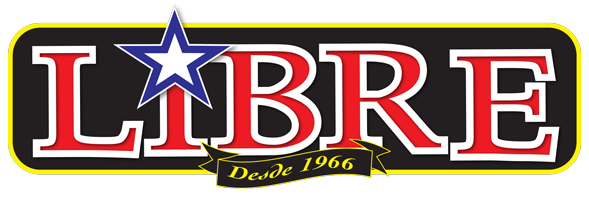


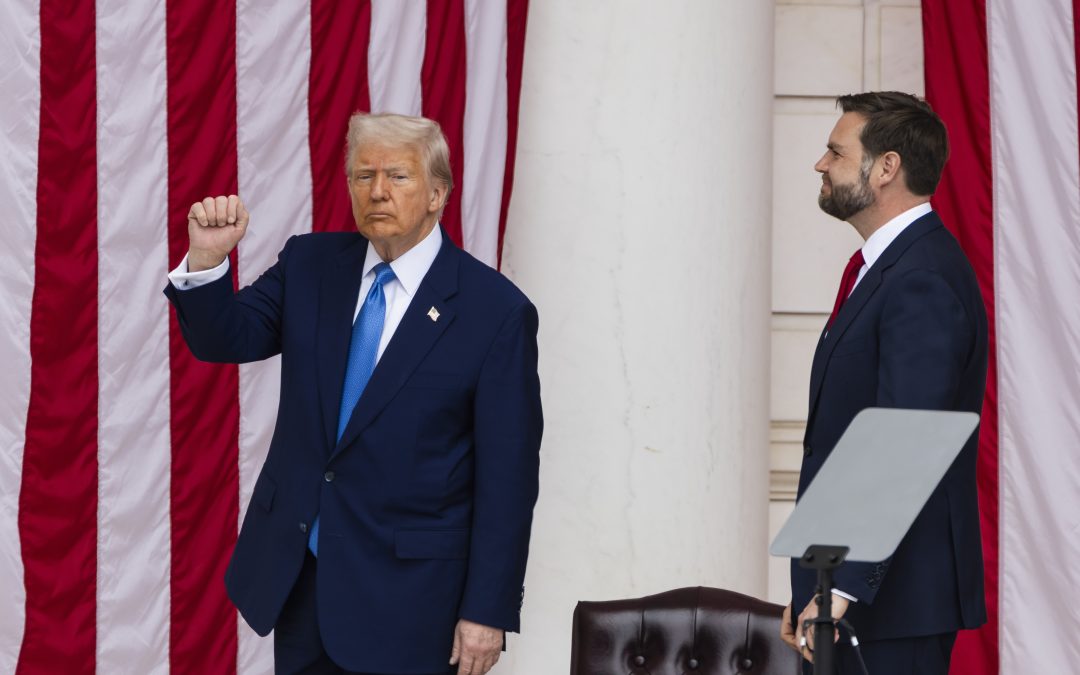
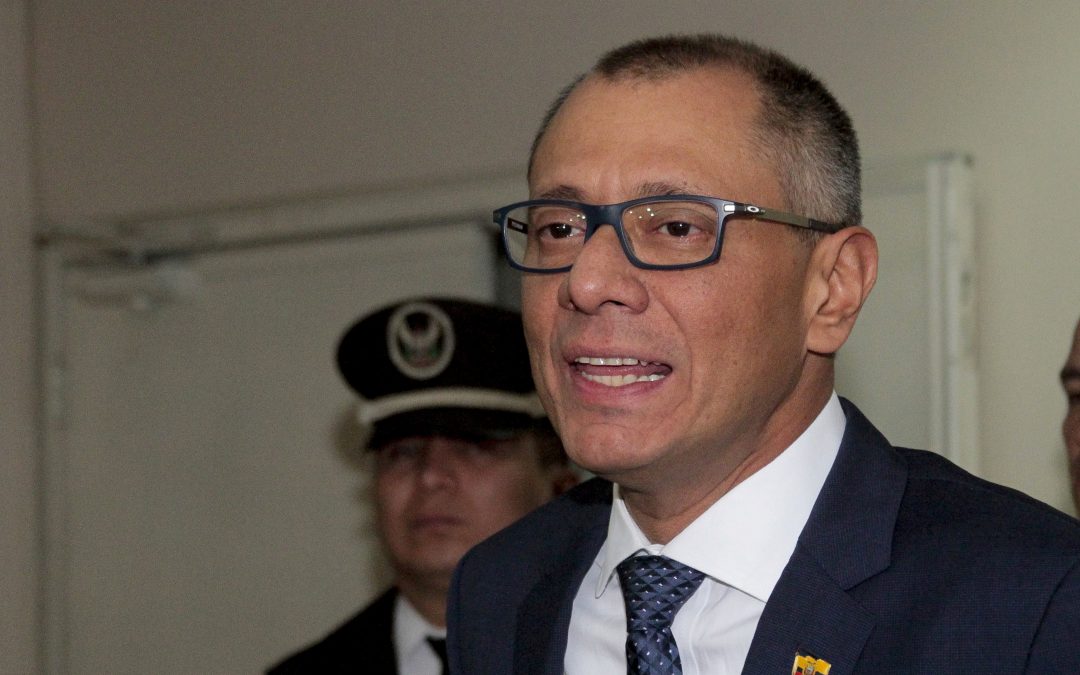
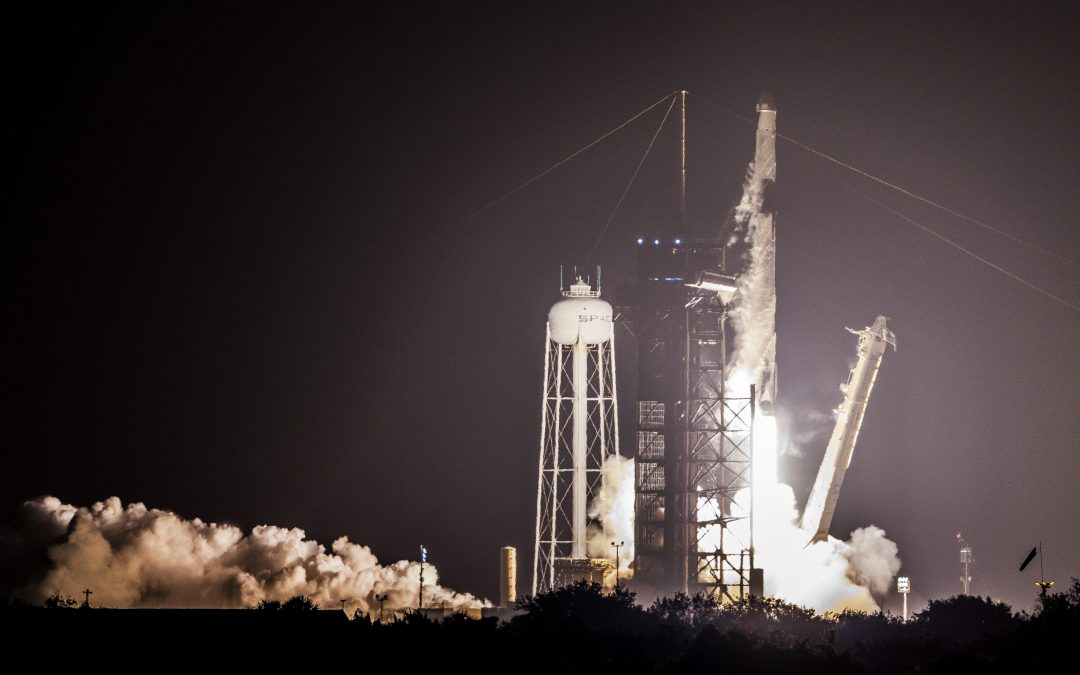
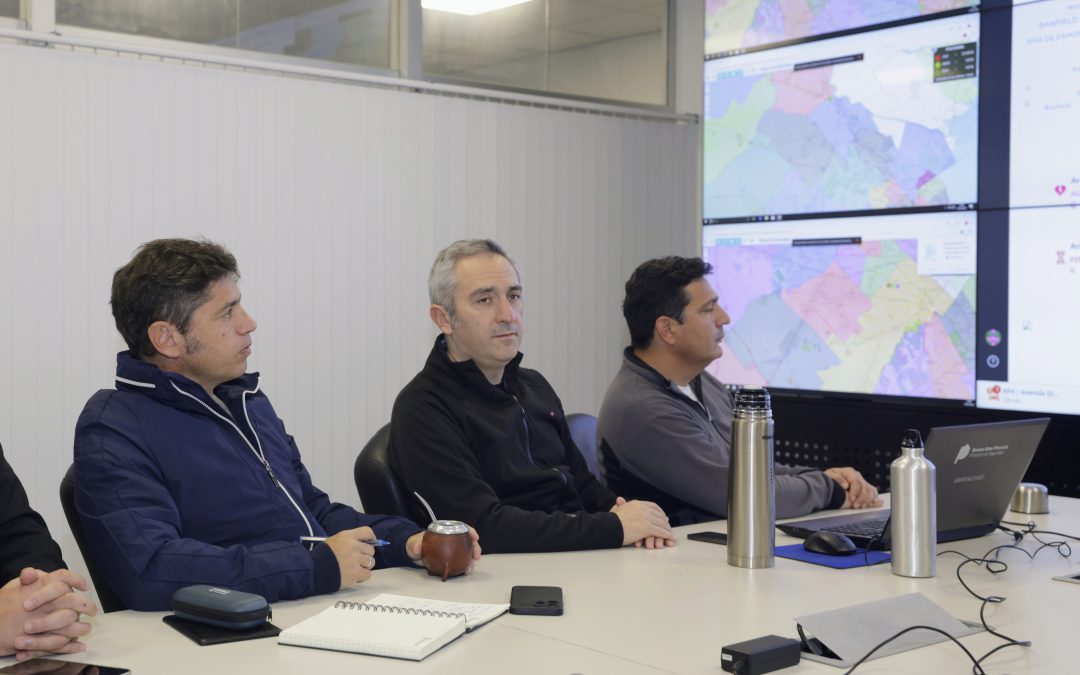




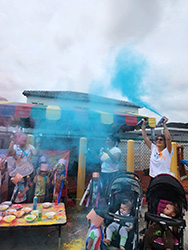
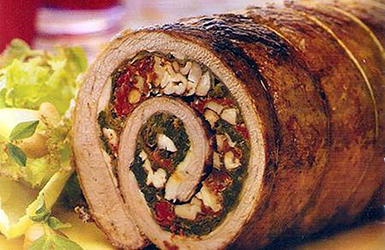
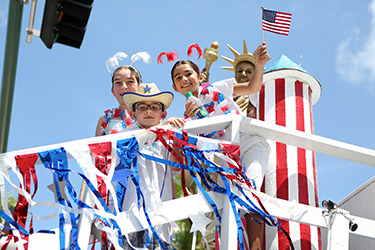
0 comentarios